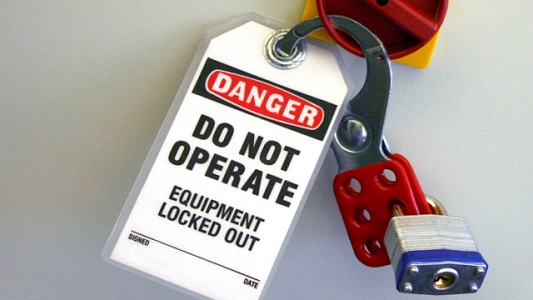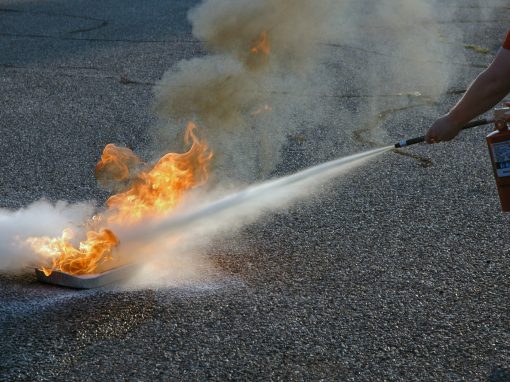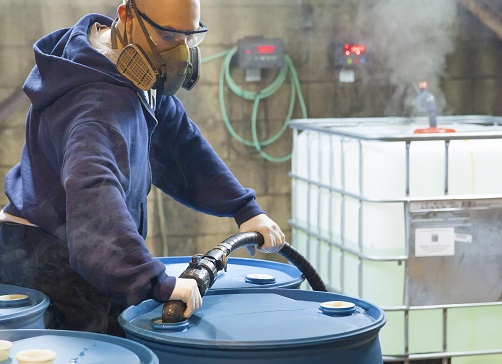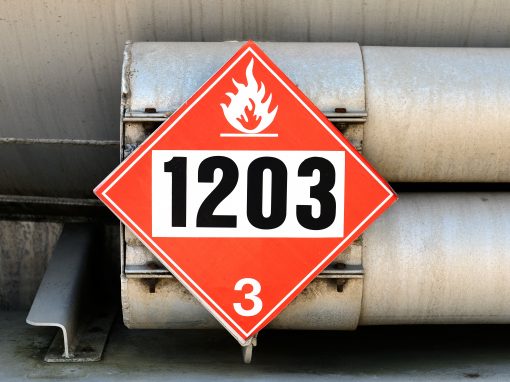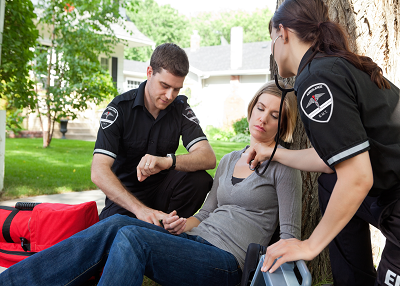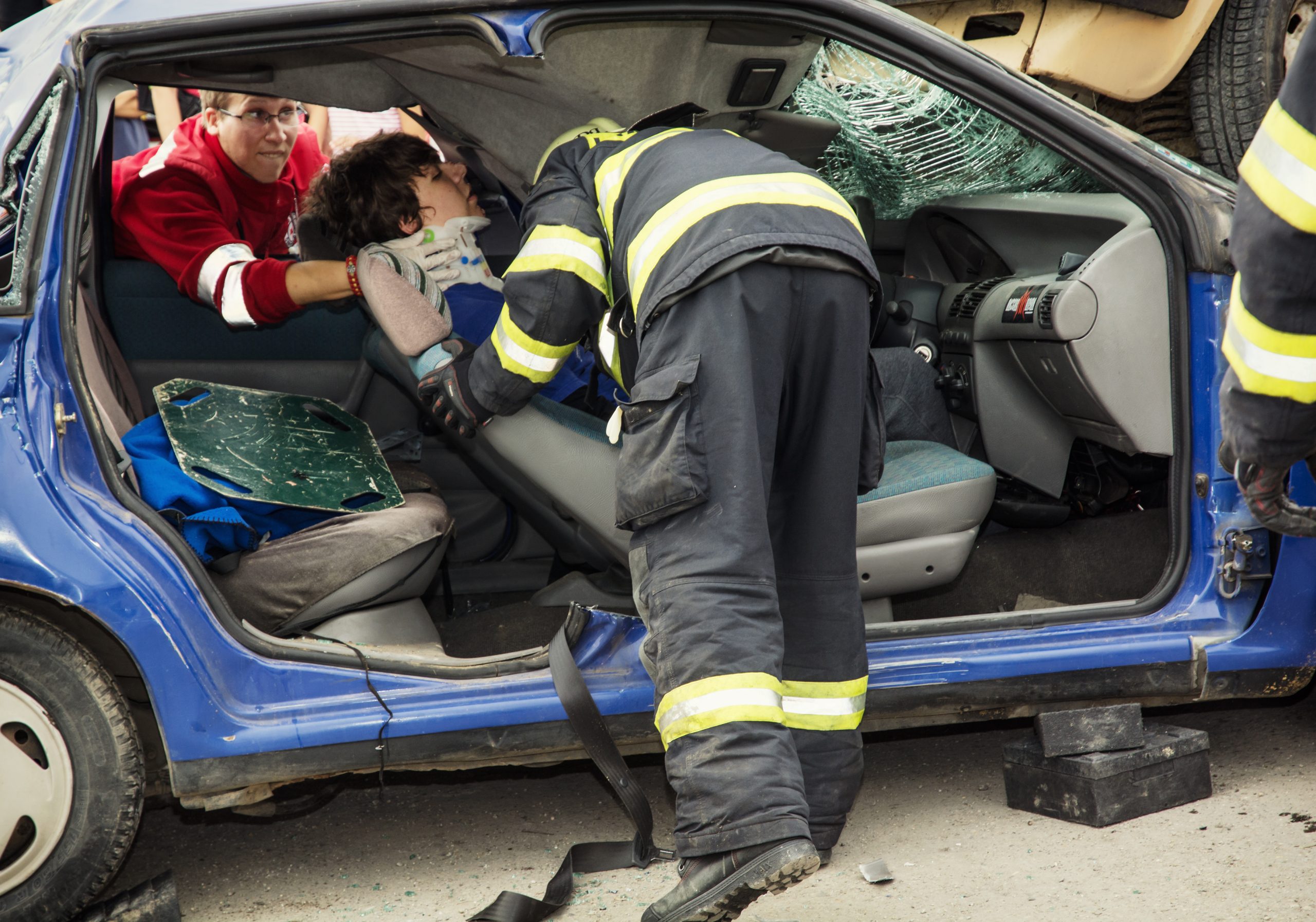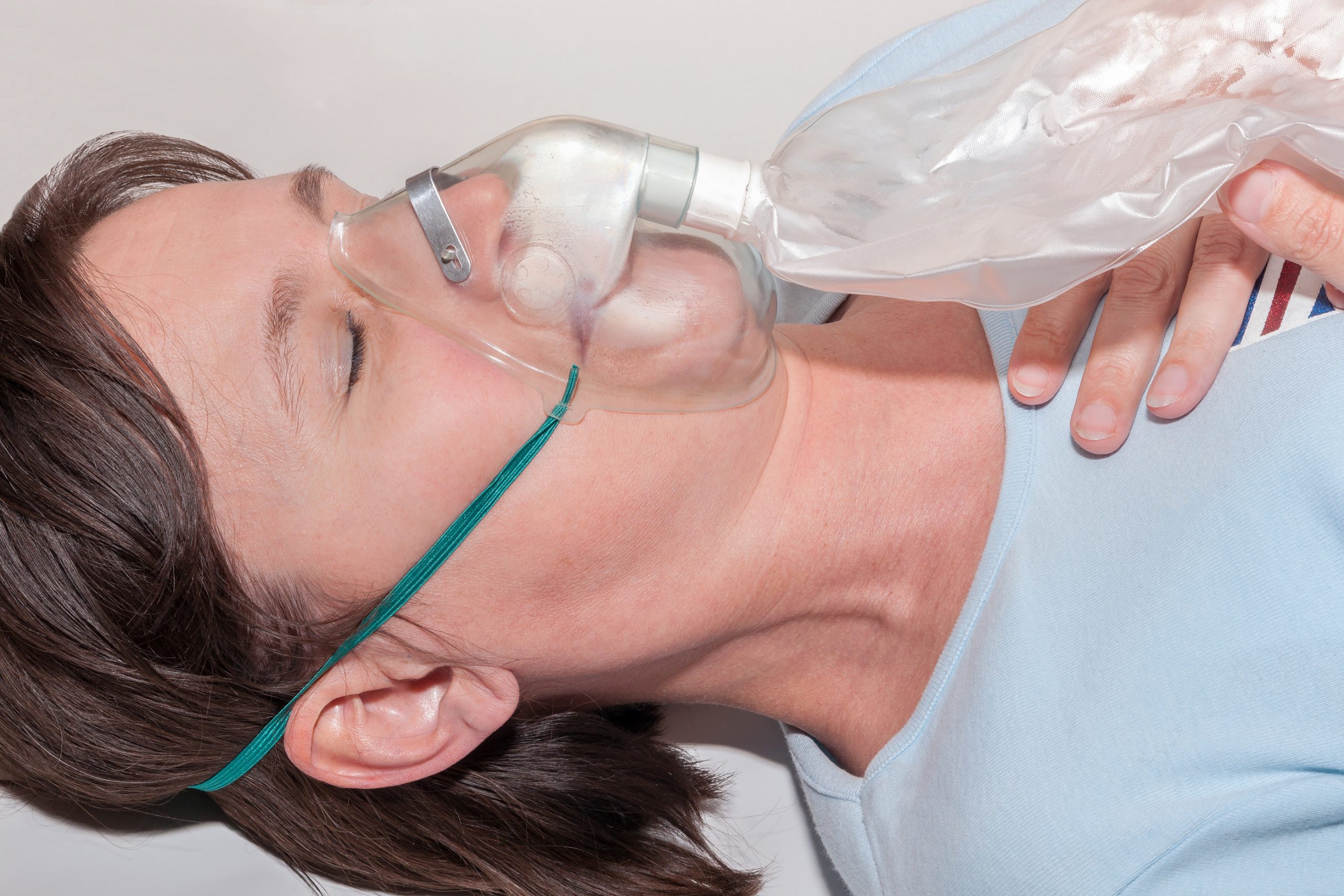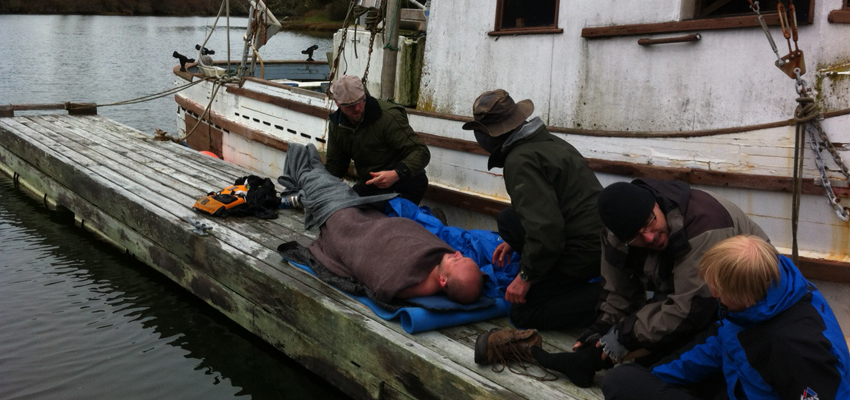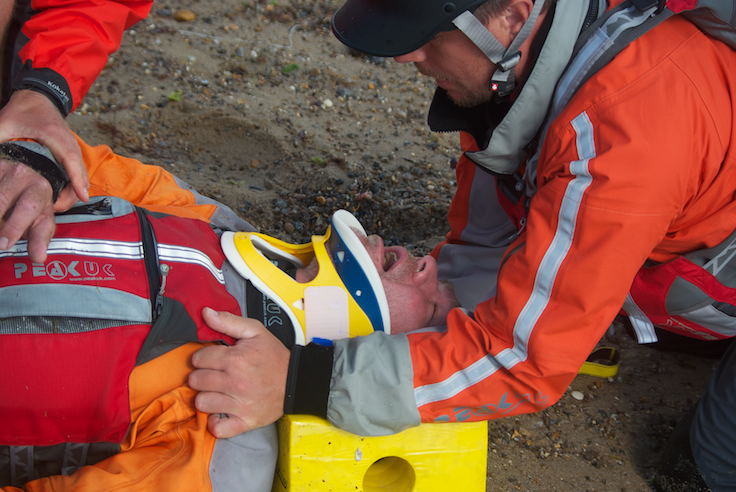In order to ensure worker safety and the employer’s obligations in regards to first aid care, both the federal and provincial governments utilize a combination of Acts and Regulations. It is important to understand the difference between the two. An Act is actual statute law created by the Legislature. To become law it has to pass through multiple readings, a committee study, and ultimately royal assent. A Regulation is a detailed outline of how the contents of the Act are practically applied in everyday life. A Regulation can be written by whichever agency has been given authority within the Act to carry out the intent of it.
FEDERAL LAW

The federal law that covers health and safety, including first aid requirements and teaching first aid training, is called the Canada Labour Code. The law is a consolidated law that centralizes all the various laws that relate to occupational health & safety. Under this law is a Regulation called the Canada Occupational Health and Safety Regulations, and it is under this set of Regulations that the federal standards of first aid are laid out. Section 16 of the Regulations is designated “first aid”, and is the section that regulates first aid requirements under the Canada Labour Code, including these highlights:
Section 16.2: General
This section states that “every employer shall establish, and keep up to date, written instructions that provide for the prompt rendering of first aid to an employee for an injury, an occupational disease or an illness” as well as “the employer shall keep a copy of the instructions available at all times for consultation by employees.” In other words, the employer written resources to its employees for the purpose of giving first aid (ex: providing first aid manuals)
Section 16.3: First Aid Attendants
This section defines the requirements of having trained first aid attendants in the workplace. The basic rule is that any workplace (whether a warehouse, outdoor location, office, etc) that has six or more employees working *at any time* must have a first aid attendant (usually one of the workers present). There are some exceptions to this, though. If it is a remote workplace (which section 16.1 defines as any workplace where the ambulance response time is more then 2 hours) the minimum number of employees working at any time drops to two. If the workplace involves live high voltage equipment there must be a first aid trained person at the location, regardless the number of workers present. Lastly, this section also defines which training is required for the different workplaces:
- Office workplace: if ambulance response time is up to two hours then emergency first aid is required; if the ambulance response time is more than two hours, standard first aid is required.
- Wilderness area: standard first aid and wilderness first aid training are both required.
- Other workplace: if ambulance response time is less than twenty minutes then emergency first aid is required; if the ambulance response time is twenty minutes or more, standard first aid is required.
Section 16.4: First Aid Attendants (continued)
This section outlines the responsibilities of the first aid attendant, such as being assigned a first aid station, be available at all times during working hours to give first aid, to accompany an injured or ill worker to a medical facility if necessary, being in charge of providing care until care is complete or the worker is taken under the care of a more highly qualified caregiver (ex: paramedics, hospital) and not being able to be overruled by anyone who does not have appropriate training.
Section 16.7: First Aid Supplies and Equipment
This section defines the first aid kit requirements, with four first aid kits defined: type A, B, C, D. Which kit is required is based on Schedule I of the same Regulations:
- 2 to 5 (subject to item 5): first aid kit type A
- 6 or more, where the first aid attendant is required to have at least a basic first aid certificate: first aid kit type B
- 6 or more, where the first aid attendant is required to have at least a standard first aid certificate: first aid kit type C
- 1, detached from the main party in a remote workplace: first aid kit type D
- 1 to 3, travelling by snowmobile or other small vehicle, other than a truck, van or automobile: first aid kit type D
Section 16.12: Teaching First Aid
This section is what establishes the requirements for those engaged in teaching first aid (such as In A Heartbeat First Aid Training). This section states that the training must be given by a qualified person from an approved organization (which In A Heartbeat First Aid Training is). This section also restricts the length of valid certification to three years.
Section 16.13: Records
This section requires first aid attendants who give care to properly document the care they give. It also makes it the responsibility of the employer to keep a record of the documentation.
LINKS
ONTARIO LAW

The Ontario law that covers health and safety, including first aid requirements and teaching first aid training, is called the Workplace Safety and Insurance Act. Under this law is a Regulation called the First Aid Requirements, and it is under this set of Regulations that the provincial standards of first aid are laid out. Provincial standards can only enhance federal standards, but they cannot replace or take away from them.
Sections 1 to 7
These sections covers different aspects of first aid in the workplace. Some of the items covered in this section include what a first aid station must contain, who is in charge of the first aid station, what WSIB documentation must be on display, and that it is the responsibility of the employer to inspect their first aid boxes and other first aid contents at least ever quarter-yearly and mark the boxes the date of the most recent inspection with the signature of who inspected it.
Section 8: First Aid Requirements (1 to 5 workers)
Every employer must ensure at least one worker is trained in Emergency First Aid (as per the Canada Labour Code) and is working in the immediate area of the workplace. The contents of the first aid kit must include (at minimum): a current edition of a standard first aid manual, 1 card of safety pins, and dressings consisting of, 12 adhesive dressings individually wrapped, 4 sterile gauze pads, 3 inches square, 2 rolls of gauze bandage, 2 inches wide, 2 field dressings, 4 inches square or 2 four-inch sterile bandage compresses, and 1 triangular bandage.
Section 9: First Aid Requirements (6 to 15 workers)
Every employer must ensure at least one worker is trained in Standard First Aid (as per the Canada Labour Code) and is working in the immediate area of the workplace. The contents of the first aid kit must include (at minimum): a current edition of a standard first aid manual, 1 card of safety pins, dressings consisting of, 24 adhesive dressings individually wrapped, 12 sterile gauze pads, 3 inches square, 4 rolls of 2-inch gauze bandage, 4 rolls of 4-inch gauze bandage, 4 sterile surgical pads suitable for pressure dressings, individually wrapped, 6 triangular bandages, 2 rolls of splint padding, and 1 roll-up splint.
Section 10: First Aid Requirements (16 to 199 workers)
Every employer must ensure at least one worker is trained in Standard First Aid (as per the Canada Labour Code) and is working in the immediate area of the workplace. In addition to a first aid box, the employer must provide and maintain one stretcher, two blankets, and a first aid station with a first aid box in it. The contents of the first aid box must include (at minimum): a current edition of a standard first aid manual, 24 safety pins, 1 basin (preferably stainless steel), 48 adhesive dressings (individually wrapped), 2 rolls of adhesive tape (1 inch wide), 12 rolls of 1-inch gauze bandage, 48 sterile gauze pads (3 inches square), 8 rolls of 2-inch gauze bandage, 8 rolls of 4-inch gauze bandage, 6 sterile surgical pads suitable for pressure dressings (individually wrapped), 12 triangular bandages, splints of assorted sizes, and 2 rolls of splint padding.
Sections 11 to 12: First Aid Room (200 or more workers)
Every employer must ensure must provide either a Registered Nurse (RN) or at least one worker trained in Standard First Aid (as per the Canada Labour Code), is working in the immediate area of the workplace, and does not perform other work that would likely affect their ability to provide first aid. The employer is to provide a first aid room that the RN or first aid attendant will be responsible for maintaining. The first aid room must come equipped with a selection of instruments (including dressing scissors, dressing forceps, safety pins, graduated medicine glass, tongue depressors, and applicators, cotton tipped), denatured ethyl alcohol, a selection of dressings (including adhesive dressings, individually wrapped, sterile gauze pads of assorted sizes, individually wrapped, gauze bandages of assorted sizes, adhesive plaster, absorbent cotton, triangular bandages, splints of assorted sizes), splint padding, and furnishings (including hot and cold running water, 3 washbasins, preferably stainless steel, 1 instrument sterilizer, 1 cabinet for surgical dressings, 1 enamel foot bath, 1 sanitary disposal receptacle with lid, 1 first aid box containing as a minimum the items required by subsection 9 (1), for use by the attendant at the scene of an accident before the patient is moved to the first aid room or general hospital, 1 couch curtained off or in a separate cubicle, 1 stretcher, and 2 blankets.
LINKS
Take a course

